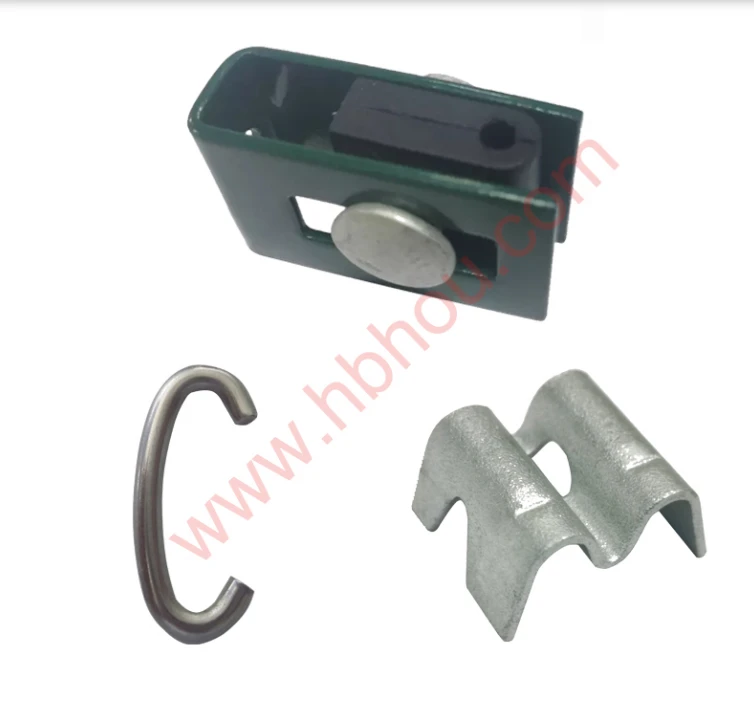Understanding Chain Link Fence Post Anchors in Concrete A Comprehensive Guide
When it comes to installing a chain link fence, one of the most critical components to consider is the post anchor. A strong and stable fence depends significantly on how well the posts are anchored into the ground. In this article, we will explore the various aspects of chain link fence post anchors in concrete, including their types, installation processes, and the benefits they offer.
The Importance of Post Anchors
Post anchors serve as the foundation for your chain link fence by securing the posts to the ground. Properly anchored posts resist movements caused by wind, pressure, and other external forces, ensuring that your fence remains upright and intact over time. A poorly anchored fence can lean, warp, or even collapse, leading to costly repairs and potential safety hazards.
Types of Post Anchors
There are several types of post anchors to consider for a chain link fence. The most common types include
1. Concrete Set This is the most popular method of anchoring fence posts. It involves digging a hole for the post, placing the post inside, and then pouring concrete around it. The concrete solidifies to create a strong bond that resists movement.
2. Pre-Mixed Concrete For convenience, pre-mixed concrete is often used. It’s available in bags and only requires the addition of water. This can save time during the installation process, especially for larger projects.
3. Bolt-Down Post Anchors In situations where a concrete base already exists, bolt-down anchors can be used. These anchors are secured to the concrete with bolts and provide a sturdy fixed point for the fence posts without the need for additional concrete pouring.
Installation Process
The installation of chain link fence post anchors requires careful planning and execution
. Here are the steps involved in the concrete set method1. Planning Before starting, you must outline the fence location, ensuring it aligns with property boundaries and local regulations. Mark the spots where each post will be installed.
chain link fence post anchors concrete

2. Digging Holes Use a post-hole digger to create holes for each post. The depth typically recommended is about one-third of the post length, with a diameter of around three times that of the post.
3. Setting the Post Place the post in the center of the hole and ensure it is vertical by using a level. This step is crucial for maintaining an even fence line.
4. Pouring Concrete Mix the concrete according to the manufacturer’s instructions and pour it into the hole around the post. Fill the hole completely and ensure that the concrete reaches the ground level.
5. Curing Allow the concrete to cure for at least 24 to 48 hours before proceeding with the installation of the chain link fabric. This waiting period ensures that the concrete sets properly and grips the post firmly.
Benefits of Using Concrete for Post Anchors
Utilizing concrete for anchoring chain link fence posts comes with numerous benefits
- Durability Concrete is highly durable and provides excellent stability, making it ideal for long-term fencing solutions.
- Resistance to Elements Concrete anchors are resistant to weather fluctuations, which means they won't as easily succumb to rot or decay as wooden anchors might.
- Increased Security A well-anchored fence enhances security by preventing unauthorized access, making it a preferred choice for residential and commercial properties alike.
- Low Maintenance Once installed, concrete post anchors require minimal maintenance and can last for decades without significant wear.
Conclusion
In summary, choosing the right post anchors for your chain link fence is essential for ensuring its strength and longevity. Concrete-based anchors, whether set in place or used with bolt-down methods, offer unmatched stability and durability. By following proper installation techniques and understanding the benefits these anchors provide, you can ensure your chain link fence stands the test of time, fulfilling your aesthetic and security needs. Whether for enclosure, decoration, or privacy, investing time in anchoring your fence will pay off in the long run.
















